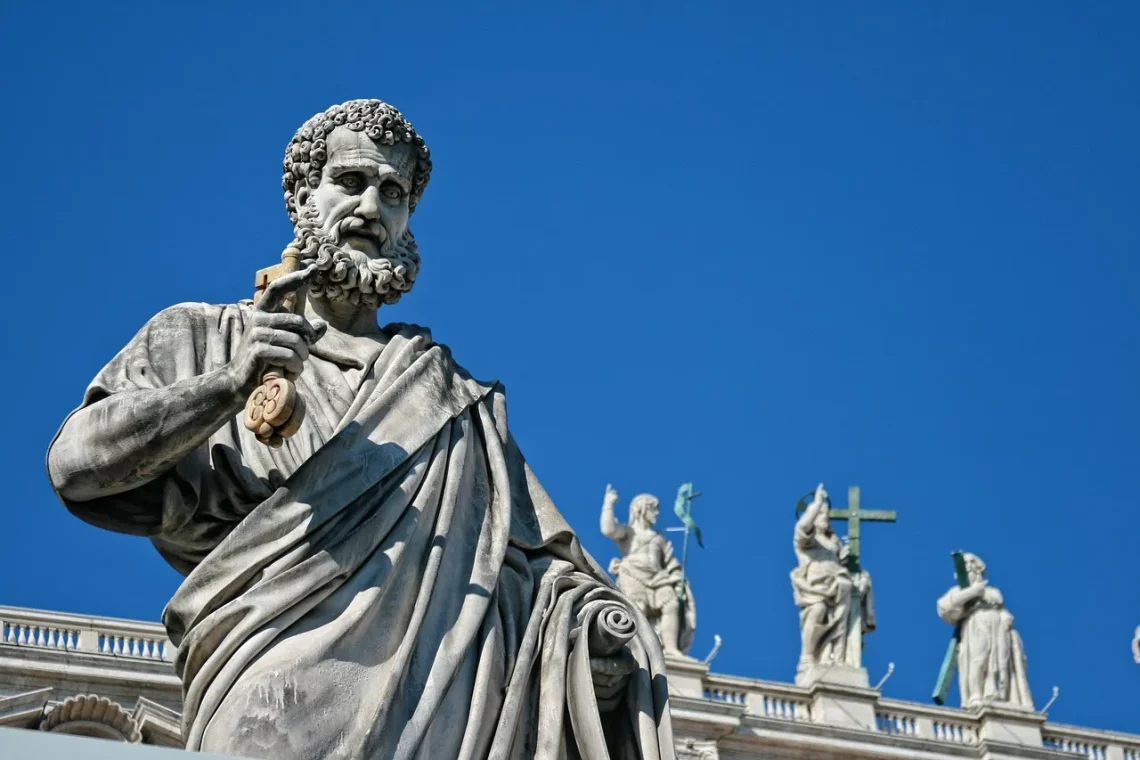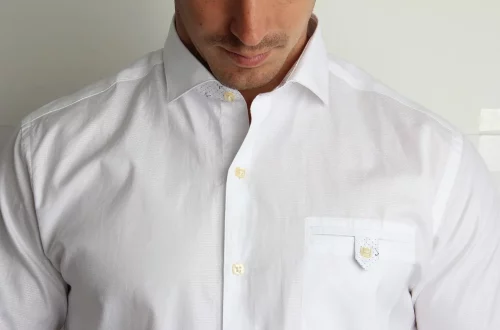
Mastering the Upper Body: Techniques for Aspiring Sculptors
The upper body is a canvas of strength and grace, a domain where aspiring sculptors can transform their visions into reality. Mastering this area involves more than just lifting weights; it requires a deep understanding of anatomy, technique, and artistry. As artists, sculptors strive to create not just muscular forms but balanced and aesthetically pleasing shapes that resonate with the viewer. This pursuit of perfection demands dedication, patience, and a willingness to learn and adapt.
In the realm of upper body sculpting, understanding the mechanics of each muscle group is crucial. The shoulders, chest, and back are not merely functional; they are the building blocks of a well-proportioned physique. Each muscle plays a role in creating the overall silhouette, and mastering these elements allows sculptors to achieve their desired outcomes.
Moreover, the journey to sculpting the upper body is as much about mental fortitude as it is about physical prowess. Aspiring artists must cultivate a mindset that embraces challenges and seeks continuous improvement. This article delves into various techniques that enhance upper body sculpting, empowering artists to refine their craft and achieve their artistic goals.
Understanding Muscle Anatomy for Sculpting
To effectively sculpt the upper body, a comprehensive understanding of muscle anatomy is essential. The upper body comprises several key muscle groups, including the pectorals, deltoids, latissimus dorsi, and trapezius. Each of these muscles contributes to the overall aesthetic of the torso, playing a significant role in how the body appears and functions.
The pectorals, located in the chest, are divided into the major and minor muscles. The major pectoral muscle is responsible for movements such as pushing and lifting, while the minor muscle aids in arm movement. Sculptors can emphasize these muscles through targeted exercises, creating a fuller chest that enhances the upper body’s visual appeal.
Deltoids, or shoulder muscles, are crucial for a balanced appearance. They consist of three distinct parts: the anterior, lateral, and posterior deltoids. Each section contributes to the arm’s range of motion and shoulder stability. Understanding how to activate and develop each part of the deltoid muscle allows sculptors to create well-rounded shoulders that complement the chest and back.
The latissimus dorsi, often referred to as the “lats,” is a large muscle that extends from the lower back to the sides of the torso. This muscle is essential for achieving a V-shaped appearance, which is highly sought after in upper body aesthetics. Exercises like pull-ups and rows can effectively target the lats, fostering the development of a wide, powerful back.
Finally, the trapezius muscles, which span the upper back and neck, play a key role in posture and shoulder movement. A well-developed trapezius region can enhance the neck and shoulder line, contributing to an overall sculpted look. Techniques such as shrugs and upright rows can help sculptors target this muscle effectively.
By understanding the anatomy of the upper body and the functions of each muscle group, aspiring sculptors can tailor their training regimens to achieve specific aesthetic goals. This foundational knowledge not only aids in muscle development but also minimizes the risk of injury, ensuring a safe and sustainable sculpting journey.
Essential Techniques for Upper Body Development
Mastering the techniques of upper body development is crucial for anyone aspiring to sculpt a powerful and aesthetically pleasing physique. The right approach encompasses a variety of exercises, each designed to target specific muscle groups while promoting overall strength and stability.
To begin, incorporating compound movements into your routine is vital. Exercises like bench presses, overhead presses, and pull-ups engage multiple muscle groups simultaneously, providing a robust workout that promotes muscle hypertrophy. These movements not only build strength but also improve muscle coordination and functional fitness.
Isolation exercises, on the other hand, focus on specific muscles, allowing for targeted growth. Movements such as bicep curls, tricep extensions, and lateral raises can help sculpt individual muscle groups with precision. Balancing compound and isolation exercises in a training regimen can create a well-rounded upper body that is both strong and visually appealing.
Another essential aspect of upper body development is understanding the importance of form and technique. Using proper form during exercises maximizes effectiveness and reduces the risk of injury. It’s advisable to start with lighter weights to master the technique before progressing to heavier loads. This approach not only builds strength but also enhances the mind-muscle connection, allowing for better muscle activation during workouts.
Moreover, incorporating variation into your training routine can prevent plateaus and promote continuous muscle growth. This can include changing the types of exercises, adjusting rep ranges, or altering rest periods. By keeping workouts fresh and challenging, sculptors can maintain motivation and drive towards their fitness goals.
Finally, recovery is an often-overlooked component of muscle development. Allowing the body adequate time to rest and recover is essential for muscle growth. Implementing rest days, prioritizing sleep, and utilizing techniques such as stretching and foam rolling can aid recovery and enhance performance in subsequent workouts.
In summary, mastering essential techniques for upper body development involves a blend of compound and isolation exercises, a focus on form, variation in training, and adequate recovery. By applying these principles, aspiring sculptors can effectively sculpt their upper bodies to achieve a strong and aesthetically pleasing physique.
The Role of Nutrition in Sculpting the Upper Body
Nutrition plays a vital role in any sculpting endeavor, particularly when it comes to developing the upper body. The right dietary choices can significantly impact muscle growth, recovery, and overall performance. Understanding the nutritional needs specific to muscle development is essential for aspiring sculptors.
Firstly, protein intake is crucial for muscle repair and growth. Consuming an adequate amount of protein helps to build and maintain muscle mass, especially after intense workouts. Lean meats, fish, eggs, dairy, legumes, and plant-based protein sources should be staples in a sculptor’s diet. Aim for a balanced intake throughout the day to support muscle recovery and growth.
Carbohydrates also play a significant role in providing energy for workouts. The body relies on carbohydrates as a primary energy source, particularly during high-intensity training sessions. Including complex carbohydrates such as whole grains, fruits, and vegetables in your diet ensures sustained energy levels and optimal performance in the gym.
Healthy fats should not be overlooked, as they are essential for hormone production and overall health. Incorporating sources of healthy fats like avocados, nuts, seeds, and olive oil can support metabolic functions and contribute to overall well-being.
Additionally, staying hydrated is vital for optimal performance and recovery. Water supports various bodily functions, including nutrient transport and muscle contractions. Adequate hydration can enhance endurance during workouts and aid in post-exercise recovery.
Timing of nutrient intake can also influence muscle development. Consuming a balanced meal or snack containing protein and carbohydrates before and after workouts can optimize energy levels and promote recovery. This strategy ensures that the body has the necessary nutrients to fuel performance and repair muscles effectively.
In conclusion, nutrition is a cornerstone of upper body sculpting. By prioritizing protein, carbohydrates, healthy fats, and hydration, aspiring sculptors can support their training efforts and achieve their desired physique. Understanding the role of nutrition empowers individuals to make informed dietary choices that align with their sculpting goals.
—
**Disclaimer:** This article is for informational purposes only and should not be considered medical advice. For any health issues or concerns, please consult a healthcare professional.




